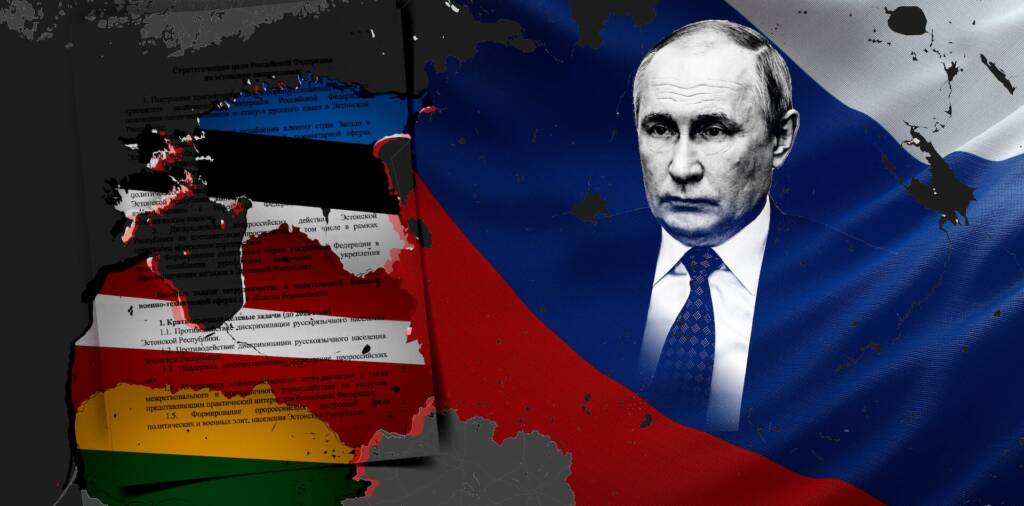Estonia has signaled its readiness to host NATO’s fifth-generation F-35 stealth fighter jets, including those capable of delivering nuclear weapons. This development marks a significant strategic move for both NATO and the Baltic region, but it has also provoked a sharp rebuke from Russia, raising concerns about escalating tensions among Europe’s eastern flank.
Estonian Defence Minister Hanno Pevkur recently confirmed the country’s willingness to accommodate U.S.-made F-35A fighters at the Ämari Air Base—already a hub for NATO’s Baltic Air Policing mission. The F-35s, widely regarded as among the most advanced multi-role fighters in the world, are capable of carrying B61-12 nuclear bombs, though they are typically deployed in conventional configurations during peacetime operations.
This announcement comes as part of broader NATO efforts to bolster its eastern defenses in response to ongoing Russian aggression in Ukraine and increased military activity near Baltic airspace. Estonian officials emphasize that the move reflects the country’s commitment to collective security and deterrence.
“Estonia is prepared to host NATO aircraft—including those with dual capability—if the alliance deems it necessary,” Pevkur said. “Our role in regional security is growing.”
NATO’s Strategy
NATO has been rotating fighter squadrons through Estonia, Lithuania, and Latvia as part of its long-running Baltic Air Policing operation. These rotations have included the deployment of Dutch F-35s and French Rafales, which recently intercepted multiple Russian aircraft over the Baltic Sea. By placing advanced aircraft in frontline NATO member states like Estonia, the alliance sends a clear signal of its resolve. Moreover, the infrastructure upgrades to Ämari Air Base—supported by NATO investment—are aimed at ensuring the base can support high-readiness air operations, including those involving fifth-generation platforms.
The U.K. has also committed to purchasing 12 nuclear-capable F-35As, in a further show of alliance burden-sharing amid increasing concerns about European security and potential shifts in U.S. policy.
Estonia’s decision to host F-35s, including those with dual-use capabilities, is emblematic of the new geopolitical reality facing Europe. As NATO doubles down on deterrence, frontline states are assuming larger roles—but with greater responsibility comes increased risk.
Russia’s Reaction
The Kremlin has meanwhile condemned Estonia’s move as dangerously provocative. Russian presidential spokesman Dmitry Peskov accused the Baltic nations of harboring “absurd” ideas and warned that placing nuclear-capable aircraft so close to Russia’s border could have serious consequences.
“Estonia’s readiness to host such aircraft is a direct threat to our national security,” Peskov stated. “This reflects a dangerous desire to escalate.”
Russia has already responded with increased air patrols and more frequent airspace incursions near the Baltics, including recent encounters with reconnaissance and transport aircraft intercepted by NATO fighters.
The deployment of F-35s near Russian borders risks further antagonizing an already tense East-West relationship. Each new air patrol or interception raises the possibility of miscalculation or incident.
Estonia’s proactive stance could encourage deeper military integration among Baltic and Nordic nations, particularly with new NATO members Finland and Sweden now fully inside the alliance.
The announcement feeds into Russia’s narrative of NATO encroachment, potentially serving as a pretext for further militarization of Kaliningrad or cyberattacks aimed at Baltic infrastructure.
Although the US, UK, and France are the only official nuclear powers within NATO, American nuclear weapons remain stationed in several non-nuclear allied countries. Moscow claims that US-led training of NATO pilots for nuclear missions violates the spirit of non-proliferation agreements.
Citing the need to counter rising threats from NATO near its borders, Russia deployed tactical nuclear weapons to Belarus and held joint drills with Belarusian forces last year. With the region now fast heating up as both Russia and NATO continue their military buildup.
